Meta Reports Increases in Users and Revenue in Q2

Meta has published its latest performance report, with the company once again seeing increases in both usage and revenue in Q2 2025.
And while much of the company’s focus is now on its next-level bets, like AI and VR, the data shows that Meta is still seeing strong enough performance and improvement to support its continued investment, and build for the future of the business.
First off, on usage. Meta’s Family Daily Active People (i.e. users across Facebook, Instagram, WhatsApp, Messenger and Threads) rose to 3.48 billion, an increase of 5 million overall daily actives on Q1.
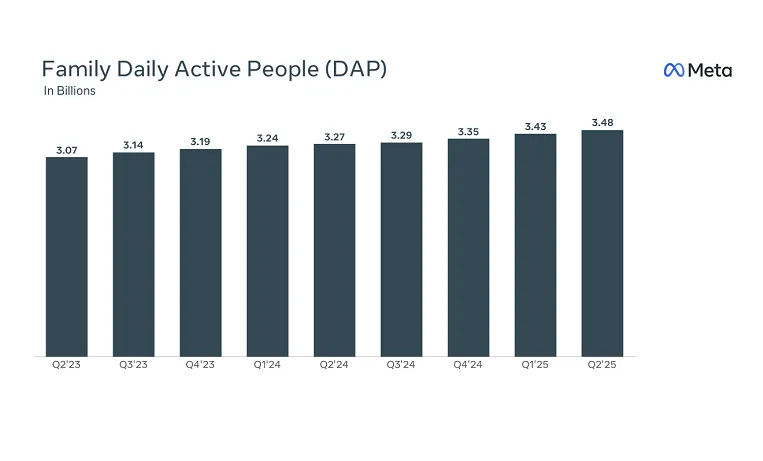
The fact that Meta is still adding users, despite being well-established in almost every market, is significant in itself, and reflects the enduring popularity of Meta’s apps.
Most of Meta’s new users are coming from developing markets, with India now the biggest single region for Instagram and Facebook usage. That means that its growth isn’t contributing to its bottom line as much as those in more established nations, but even so, they provide Meta with more connectivity, and opportunity, around the world.
And that could lead to expanded potential for promoting its own initiatives, including VR and AI, in more markets.
On the revenue side, Meta posted a 22% year-over-year rise to $47.52 billion for the quarter.
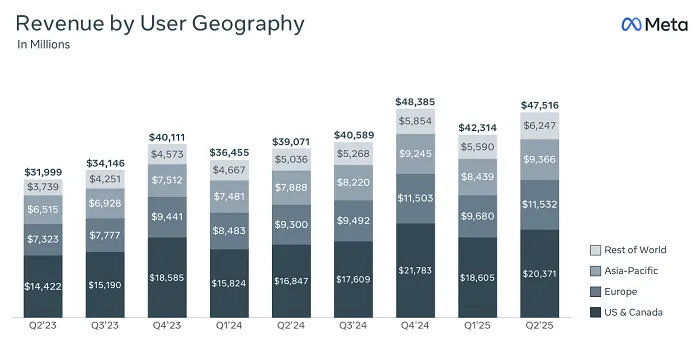
Yes, the quarter. Meta is posting numbers that any other company would be happy to have for the year as its three-month result, which reinforces the strength of its underlying ad business.
Which is how Meta can keep investing into Zuckerberg’s AI and VR dreams, both of which are still costing the company a heap in development.
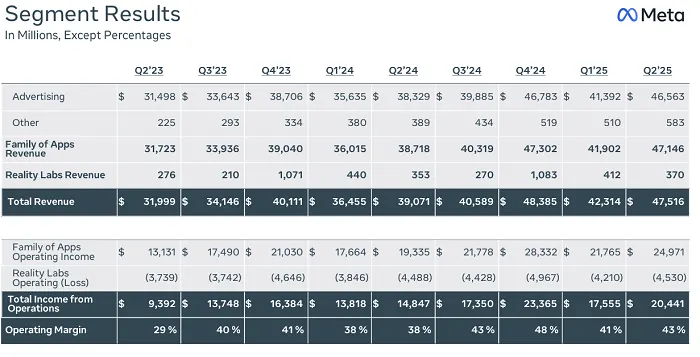
As you can see in this overview, despite stronger sales for its Ray Ban Meta glasses, Meta’s Reality Labs division, which covers AI, VR and AR projects, is still costing the company money, and those costs will continue to increase as it builds for its new “Superintelligence” AI project.
Meta’s costs and expenses for the quarter were $27.07 billion, which is pretty much in line with Zuckerberg’s pledge to spend “hundreds of billions” on AI development, while its capital expenditures alone rose to $17.01 billion.
Again, as it continues to build new AI data centers, those costs will keep climbing, while its VR metaverse is still in play as a longer-term project. Combined, these are set to cost Meta a heap of cash moving forward. But if they all play out like Zuck expects, they’ll also position Meta as a key tech leader for the next stage of digital connection.
Which, as noted, will involve things like VR headsets and AR glasses.
On the AR front, Meta’s Ray Ban glasses are selling well, with Meta also releasing a new Oakley version of the device just last month.
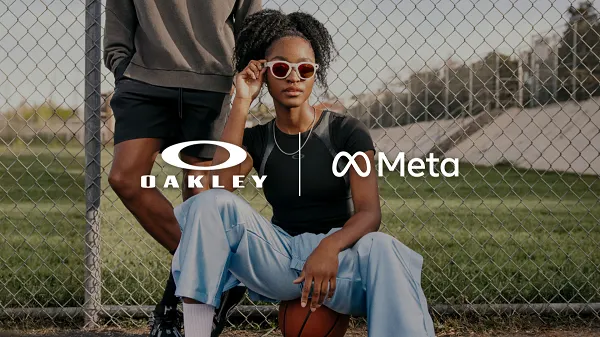
Indeed, in its quarterly update, published earlier this week, glasses maker EssilorLuxottica, which works with Meta on its smart glasses reported that:
“AI glasses gained further traction in the first half of the year, with Ray-Ban Meta more than tripling in revenue year-over-year.”
So the foundations are already being set for the next stage of Meta’s smart glasses push, with Zuckerberg noting that glasses will soon become the key form factor for digital connection, replacing the smartphone as the primary device.
Though that may also require enhanced control options, and on that front, Meta’s also working on wrist controller tech, which will connect with its AR and VR experiences.
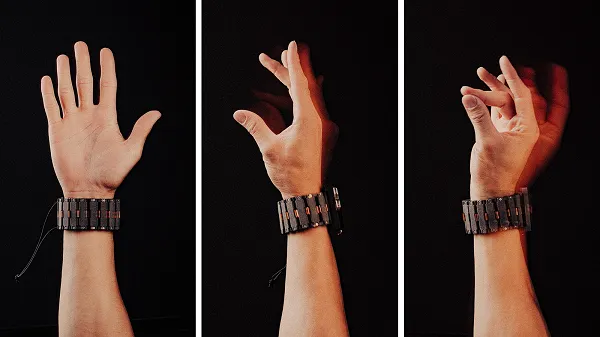
Reports this week have also indicated that Meta may be looking to launch a smart watch later this year, a project that it had long abandoned, though that could also be tied into its advancing wrist controller interface explorations.
Overall, it’s another solid report card for Meta, which continues to invest big in its next-level bets, but also continues to grow its revenue enough to support that strategy.
And again, if Zuck gets this right, and its advanced projects end up paying off, there’s no cap on how valuable Meta could become in the next decade.
Source link





